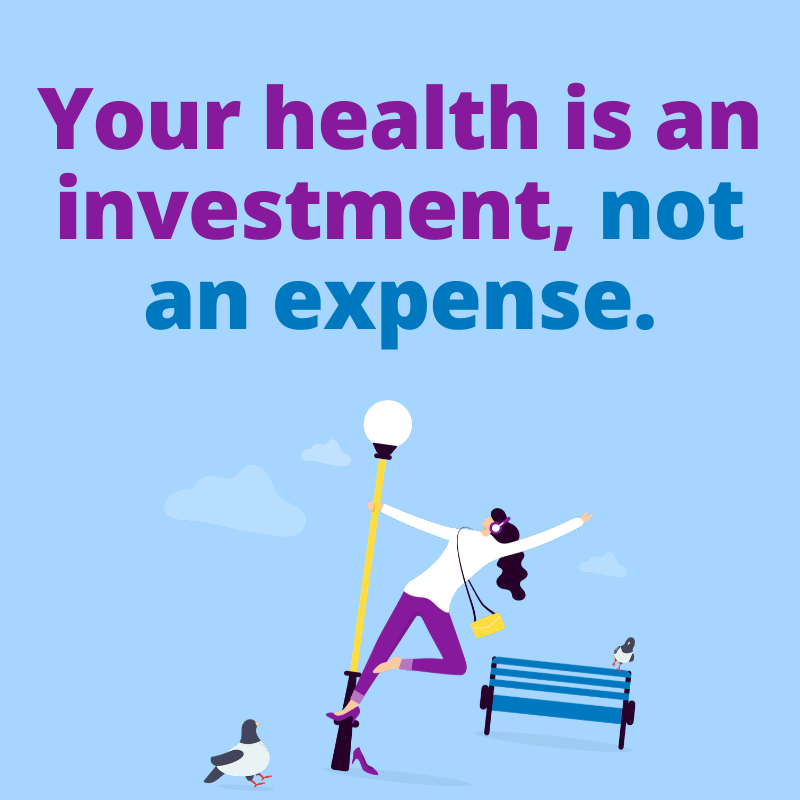
Rethinking the experience of life insurance.
Rethinking the experience of life insurance.
“What’s right for customers”, “ethics”, “diversity and inclusion” and “leadership”. These are great values! They were the values that adorned the walls in Wells Fargo offices across the USA while they perpetrated one of the worst financial scams in the history of the country. In a similar vein, some of the worst offenders in our own Royal Commission into Misconduct in the Banking, Superannuation and Financial Services Industry had similar values hanging on the wall, boasted on their websites, and sold to their customers. What this tells us is values aren’t enough. Values only matter if they’re reinforcing the culture of an organisation. While values can be printed on posters, memorised, repeated – they’re not lived and experienced until they’re part of ‘culture’.
Why is this important? Because the culture of an organisation ultimately dictates the customer experience as well as what decisions an organisation will make, what is acceptable, what is not. It’s much more powerful, but it’s also much more work to get right – but worth the investment.
Take New York based insurer, Haven Life. Not only are they one of the fastest growing insurers in the United States, they have an NPS (Net Promoter Score) of 74 – which is 30 points above industry average*. How do they do it?
- They believe that life insurance can be something you can feel good about and celebrate, and their mission is to make life ‘less hard’. This belief is shared by all employees and so infuses in every email they write and every phone conversation they have. The impact is positive conversations about the product and a helpful attitude with a focus on simplicity.
- Handwritten welcome cards are sent to every new customer from the staff. It might seem like a small thing, but they have become famous for it. It also has the impact on culture of clearly demonstrating that customers are important. Just saying “we value customers” doesn’t make it part of culture – this small act does.
- Their annual report, the most important statement about ‘success’ that a company produces, is mostly focused on customer stories and how they have achieved success for their clients. You can check out their Annual Report here.
At Integrity, we also want to be famous for our culture and passion for customers and we are championing initiatives that put clear focus on achievement through people and supporting customers when they need it most.
- We have a brand new initiative called ‘Application Concierge’ which is designed to support Advisers and clients in getting on-risk as quickly and simply as possible, because we know it can be a stressful time.
- We built a re-charge room to ensure our people always have the energy and enthusiasm do the best for clients.
- Our staff send handwritten ‘recognition cards’ to each other each week and they’re read out in front of the whole company. We do this to encourage people to always go above and beyond (and to support each other).
These are just a few examples, and we have a long way to go, but the important thing is to be committed to real action and real change… not just words.

Bridget Ramunno
General Manager, Operations.












